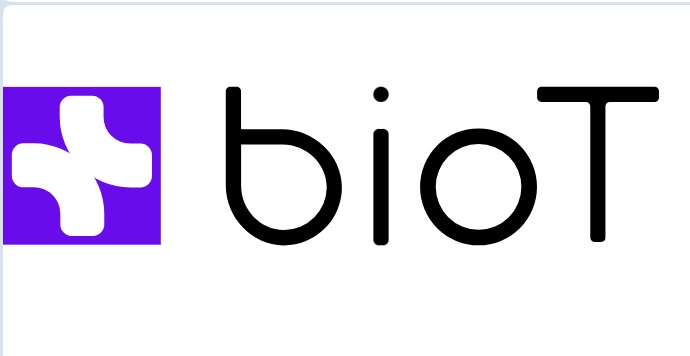IoT in Healthcare: Revolutionizing Patient Care
In recent years, the healthcare industry has witnessed a significant transformation with the integration of Internet of Things (IoT) technology. IoT in healthcare refers to the network of interconnected medical devices, sensors, and software applications that collect and exchange data to improve patient care, streamline operations, and enhance overall efficiency in healthcare delivery.
Benefits of IoT in Healthcare:
-
Remote Patient Monitoring: IoT-enabled devices allow for remote monitoring of patients' vital signs, medication adherence, and disease management. This technology enables healthcare providers to continuously track patient health metrics in real-time, leading to early detection of health issues and proactive intervention.
-
Improved Patient Outcomes: By leveraging IoT devices to monitor patients both inside and outside of healthcare facilities, healthcare providers can deliver personalized care plans tailored to individual patient needs. This leads to improved treatment outcomes, reduced hospital readmissions, and better overall patient satisfaction.
-
Enhanced Operational Efficiency: IoT technology streamlines various healthcare processes, such as inventory management, asset tracking, and resource allocation. Automated data collection and analysis enable healthcare organizations to optimize workflows, reduce administrative burdens, and allocate resources more effectively, ultimately leading to cost savings and improved operational efficiency.
-
Predictive Analytics and Preventive Care: IoT devices generate vast amounts of data that can be analyzed using advanced analytics techniques to identify patterns, trends, and anomalies. By harnessing the power of predictive analytics, healthcare providers can anticipate potential health issues, implement preventive interventions, and intervene before conditions escalate, thereby reducing healthcare costs and improving patient outcomes.
-
Enhanced Patient Engagement: IoT technology empowers patients to take a more active role in managing their health by providing access to real-time health data and personalized insights. Connected devices such as wearable fitness trackers and smart scales enable patients to track their progress, set goals, and make informed decisions about their health behaviors, leading to improved patient engagement and adherence to treatment plans.
-
Telemedicine and Telehealth Services: IoT-enabled telemedicine platforms facilitate remote consultations, virtual visits, and telemonitoring, allowing patients to access healthcare services from the comfort of their homes. This not only improves access to care, especially for patients in rural or underserved areas but also reduces the burden on healthcare facilities, minimizes wait times, and enhances overall healthcare accessibility and affordability.
-
Secure Data Sharing and Interoperability: With IoT technology, healthcare providers can securely share patient data across different systems and devices, enabling seamless communication and collaboration among care teams. Interoperability between electronic health record (EHR) systems, medical devices, and other healthcare IT systems enhances care coordination, reduces medical errors, and ensures continuity of care across different healthcare settings.
In conclusion, IoT technology holds immense potential to revolutionize the healthcare industry by enabling remote patient monitoring, improving patient outcomes, enhancing operational efficiency, facilitating predictive analytics and preventive care, fostering patient engagement, expanding telemedicine services, and promoting secure data sharing and interoperability. As healthcare organizations continue to embrace IoT innovation, the future of healthcare delivery promises to be more efficient, effective, and patient-centered than ever before.


No comments yet